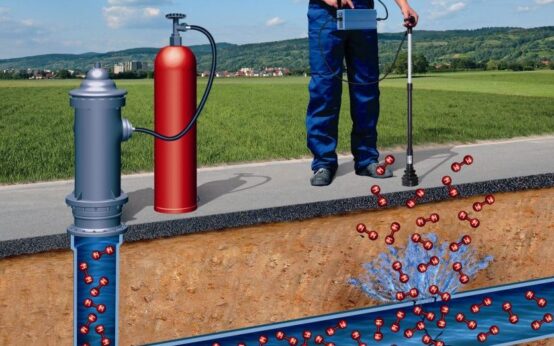Architectural styles have evolved over centuries, reflecting changes in technology, culture, and society. Each style embodies distinct characteristics, materials, and forms, serving as a mirror to the period in which it was popular. Here’s an overview of some key architectural styles that have shaped our built environment:
1. Classical Architecture
- Era: Originating in ancient Greece and Rome.
- Characteristics: Defined by symmetry, columns, domes, and the use of classical orders. Buildings often feature pediments, friezes, and an emphasis on proportion and harmony.
2. Gothic Architecture
- Era: Flourished in Europe during the High and Late Middle Ages (12th to 16th centuries).
- Characteristics: Known for its pointed arches, ribbed vaults, flying buttresses, and elaborate tracery. Gothic architecture is most commonly associated with cathedrals and churches.
3. Renaissance Architecture
- Era: Emerged in Italy in the 15th century before spreading across Europe.
- Characteristics: Marked a rebirth of classical culture, featuring symmetry, proportion, geometry, and the regularity of parts as they are demonstrated in the architecture of classical antiquity and in particular, the architecture of Ancient Rome.
4. Baroque Architecture
- Era: Developed in the early 17th century in Italy and spread across Europe.
- Characteristics: Characterized by dramatic use of light and shadow, bold ornamentation, and a sense of movement within the architecture. Buildings often include large-scale ceiling frescoes, intricate details, and expansive colonnades.
5. Neoclassical Architecture
- Era: Emerged in the mid-18th century as a reaction to the ornate Rococo style.
- Characteristics: Inspired by the simplicity and symmetry of ancient Greek and Roman buildings. Features include tall columns, clean lines, and a preference for blank walls.
6. Victorian Architecture
- Era: Named after Queen Victoria, it was prevalent from the mid to late 19th century.
- Characteristics: Noted for its eclectic revival and interpretation of historic styles, combined with the introduction of middle-east and Asian influences. Common features include steep roof pitches, ornate detailing, and asymmetrical designs.
7. Modernism
- Era: Originated in the first half of the 20th century.
- Characteristics: Emphasizes function over form and features minimal ornamentation. Uses industrial materials such as steel, glass, and concrete to create sleek, streamlined structures with open floor plans.
8. Postmodern Architecture
- Era: Developed in the 1960s as a reaction against the austerity of Modernism.
- Characteristics: Mixes different styles and elements from the past, often with a sense of irony or whimsy. Features include playful forms, bold colors, and eclectic ornamentation.
9. Contemporary Architecture
- Era: Encompasses the styles of the late 20th and early 21st centuries.
- Characteristics: Defined by its innovative use of new materials and technologies, an emphasis on sustainability, and blending indoor and outdoor spaces. Forms are varied, ranging from highly geometric to organically inspired.
10. Sustainable/Green Architecture
- Era: Gaining prominence in the late 20th and early 21st centuries.
- Characteristics: Focuses on minimizing the environmental impact of buildings through energy efficiency, use of sustainable materials, and design that considers the natural environment.
Each architectural style offers a unique lens through which to view the values, technologies, and aesthetic preferences of its time, contributing to the rich tapestry of our built heritage. These styles continue to influence contemporary design, whether through direct revival, reinterpretation, or as a reaction against them.

 Best Underground Water Leak Detection Equipment 2024
Best Underground Water Leak Detection Equipment 2024  Best Backyard Ideas: Turn Your Outdoor Area Into a Creative and Calm Haven
Best Backyard Ideas: Turn Your Outdoor Area Into a Creative and Calm Haven  Babar, Rizwan are good players but not whole team, says Mohammad Hafeez
Babar, Rizwan are good players but not whole team, says Mohammad Hafeez  Pak vs NZ: Green Shirts aim to bounce back against Kiwis today
Pak vs NZ: Green Shirts aim to bounce back against Kiwis today